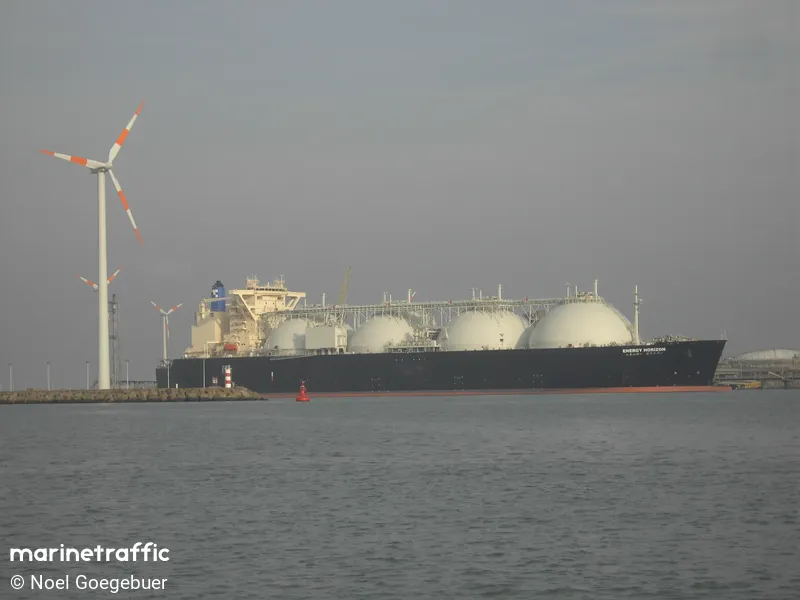This document (originating from Shell) has some interesting numbers on the energy use of a station electrolysing hydrogen on site: http://www.phaedrus-project.eu/userdata/file/Public deliverables/PH-D1.1-Report on fuelling system requirements and targets for capex and opex.pdf
However, I cannot get my head around why the 200kg per day system uses more energy per kg of hydrogen than the demonstration 5kg per day system. Can anyone work it out?
EDIT possible answer here: https://www.sciencedirect.com/science/article/pii/S0360319917339435#bib34
However, I cannot get my head around why the 200kg per day system uses more energy per kg of hydrogen than the demonstration 5kg per day system. Can anyone work it out?
EDIT possible answer here: https://www.sciencedirect.com/science/article/pii/S0360319917339435#bib34
Efficiency and environmental impact
Six of the ten interviewees indicated that improvements in efficiency are possible but not prioritised for two reasons. First, relatively low electricity cost and non-continuous operation in the given case study mean that operating costs are small, so that reduction of capital costs has priority. Second, efficiencies are maximised at low current density, but to reduce capital costs, however, research is focussed on increasing current density. Experts also highlight that system efficiency alone is not the most important factor, but rather the efficiency including hydrogen purification and pressurisation for its final application
Last edited:



